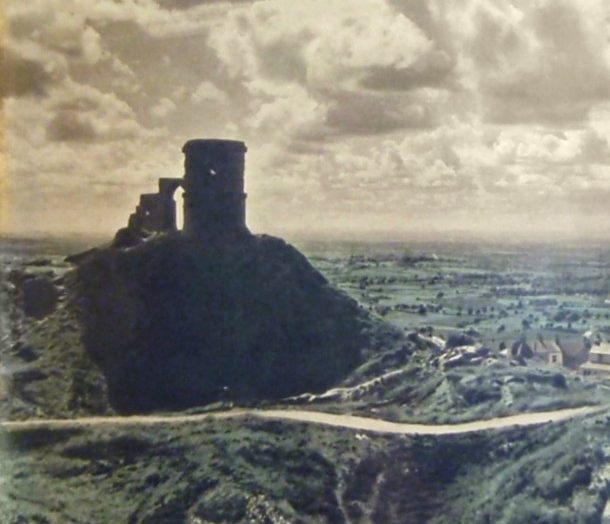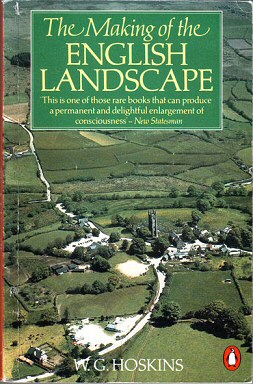The Making of the English Landscape

W.G. Hoskins, 1955.
Recommended by Martin Stott
I discovered this book as a teenager while studying for A levels in geography and geology. It opened my eyes to the landscape of my childhood, the north Oxfordshire Cotswolds, and gave me the tools to explore what became with its publication a new discipline: landscape history. Through it, over a distance of a few miles, it was possible to chart centuries of England’s history by close observation of the landscape. Hoskins’ attention to the significance of ancient hedgerows, water meadows, green lanes, copses, and deserted medieval villages challenged the received wisdom that contemporary landscapes had been shaped largely by the great eighteenth-century landowners and their technologies. The Making of the English Landscape is not so much about the geography, local history, or landscape archaeology of a particular place, but rather the intellectual underpinning of a way of seeing, interpreting, and integrating the interaction between human activity – sometimes over millennia – and the landscape of every place. Its publication almost 70 years ago was revolutionary, and its impact on our understanding of the English landscape remains profound.
